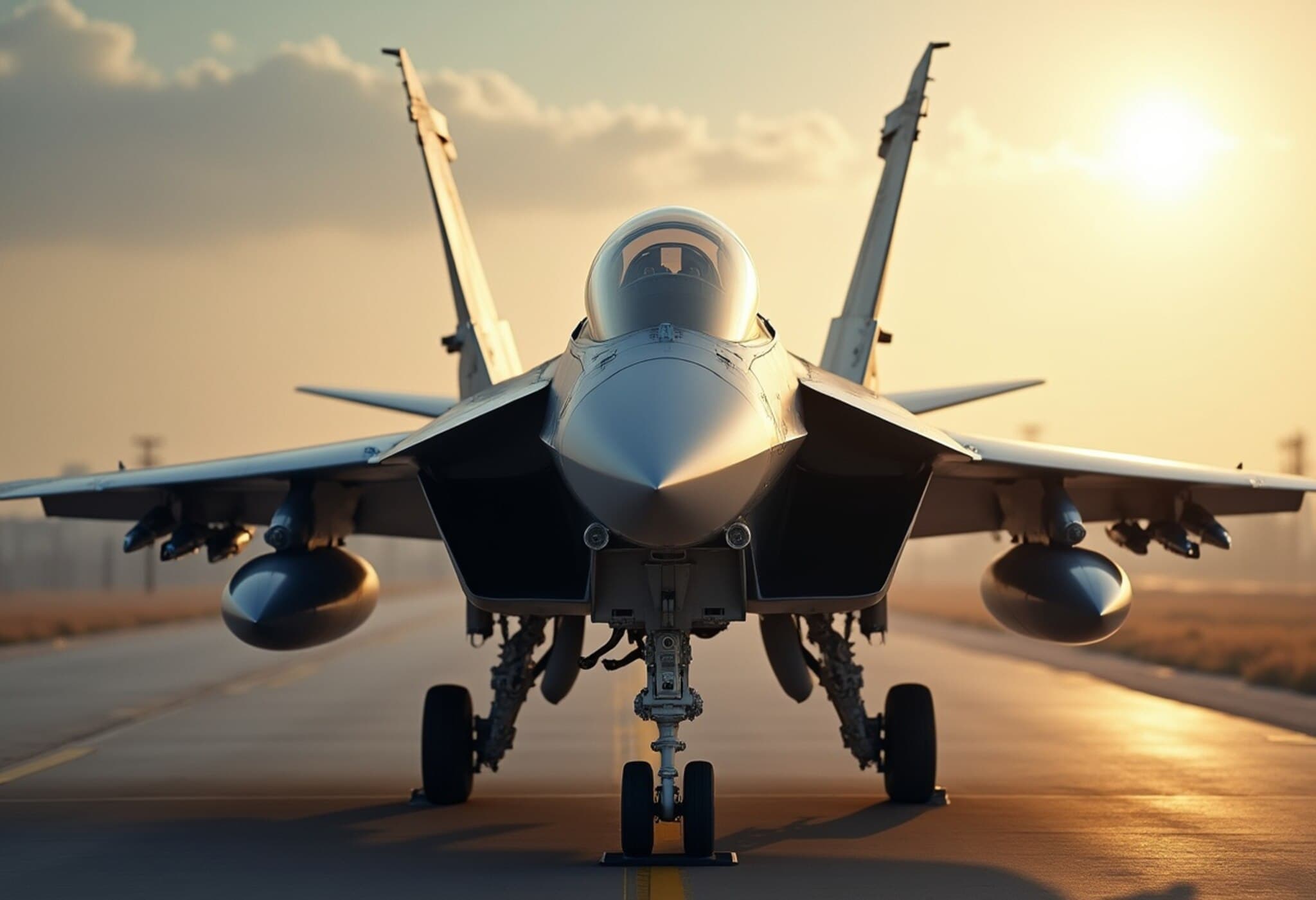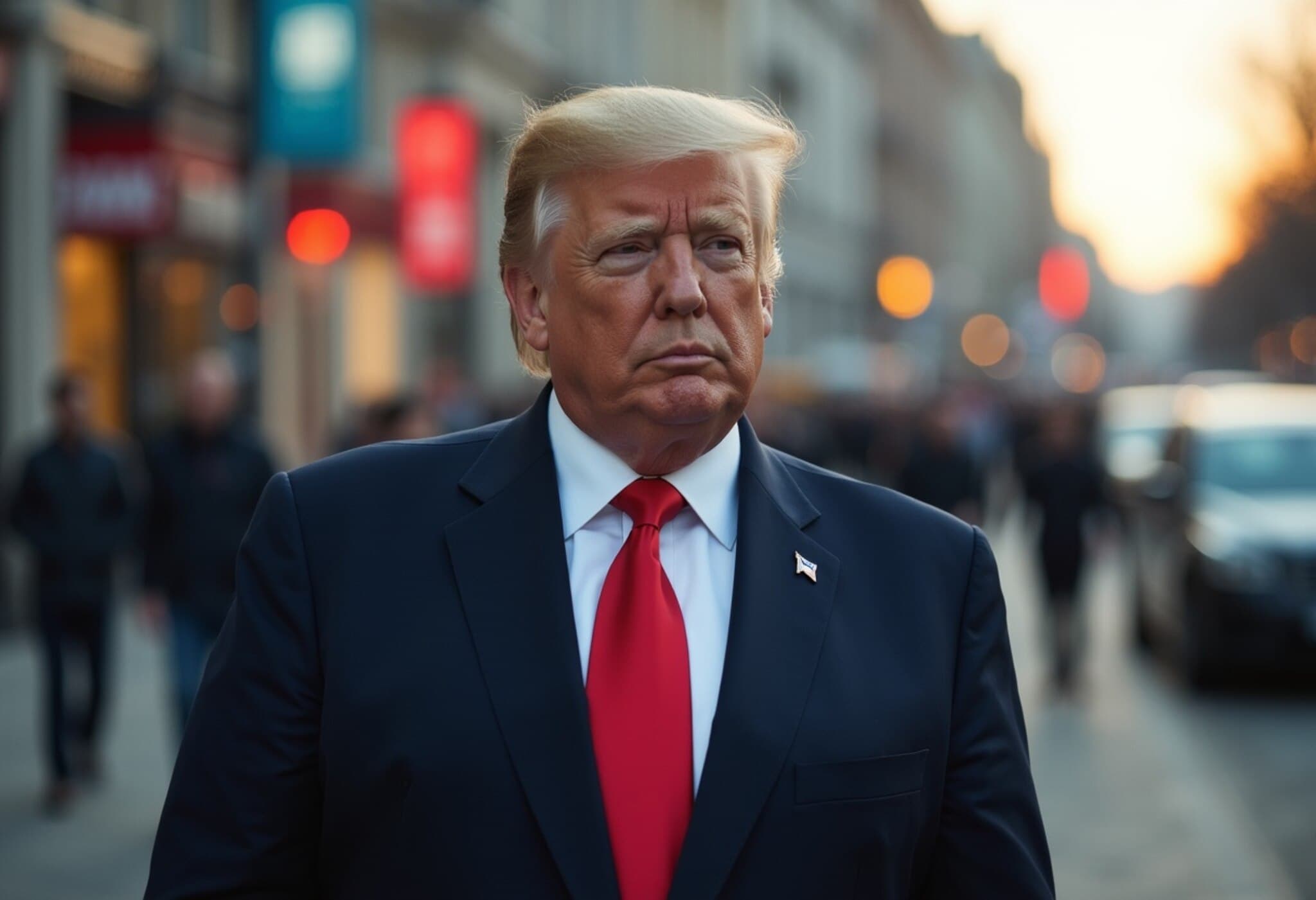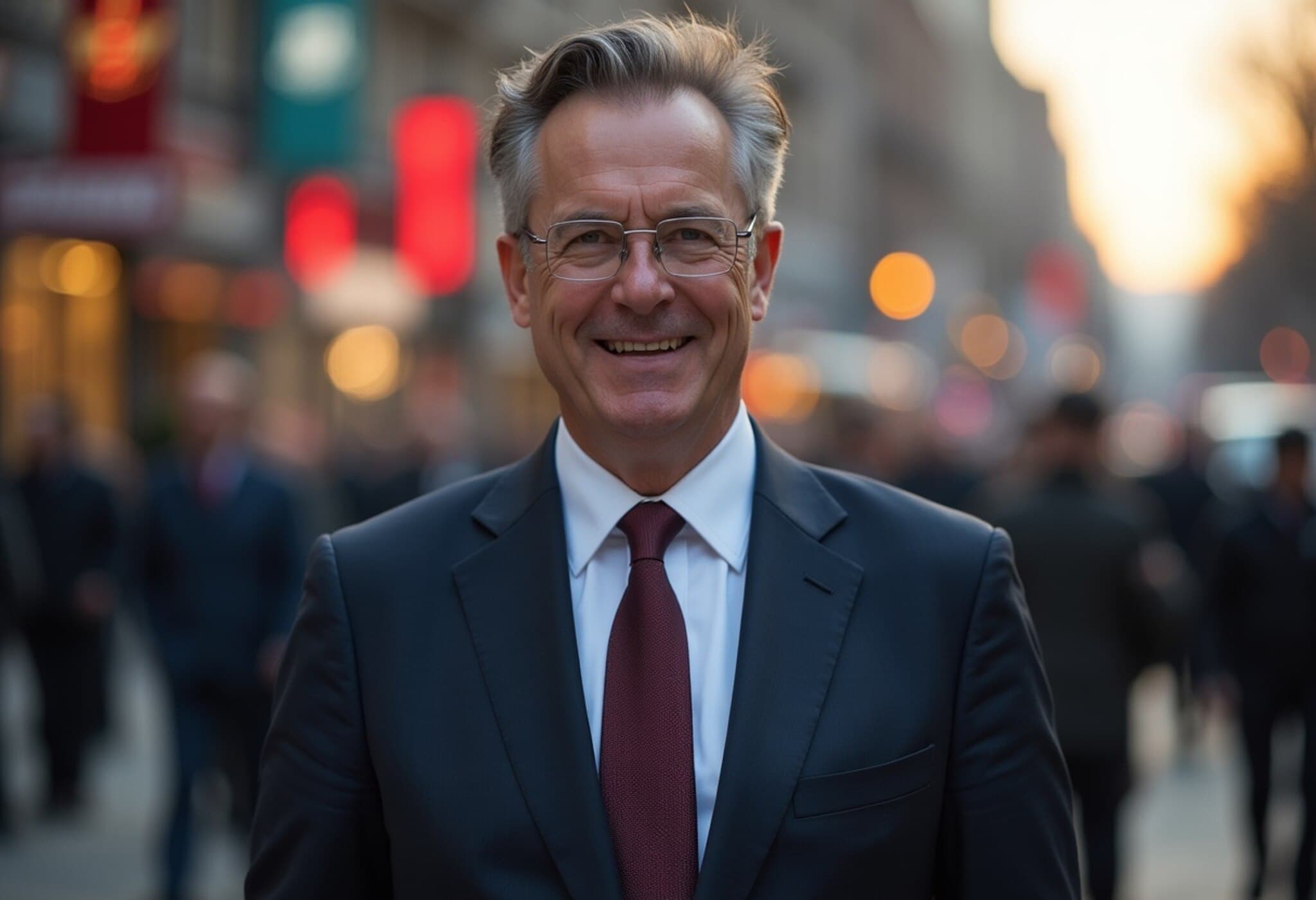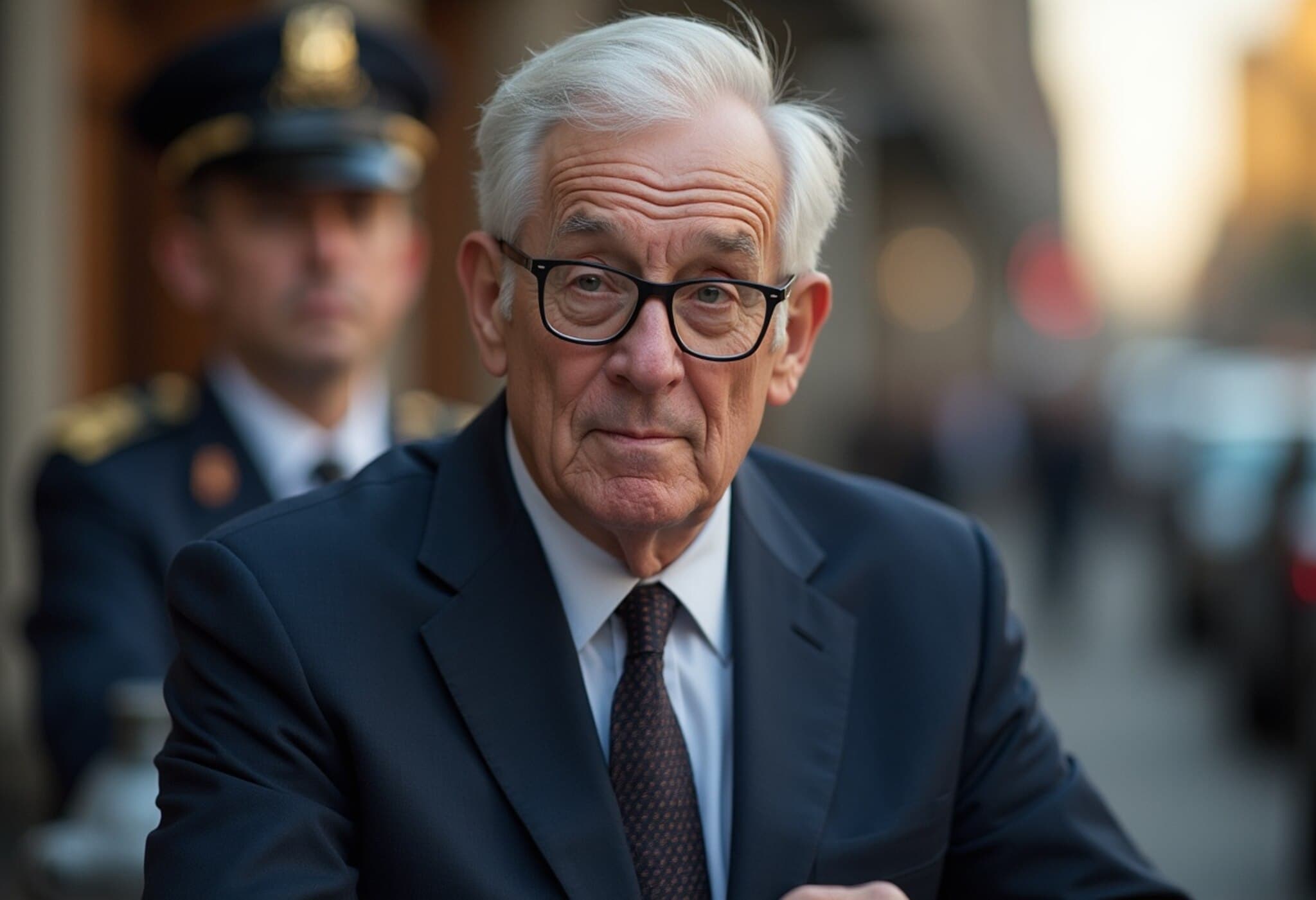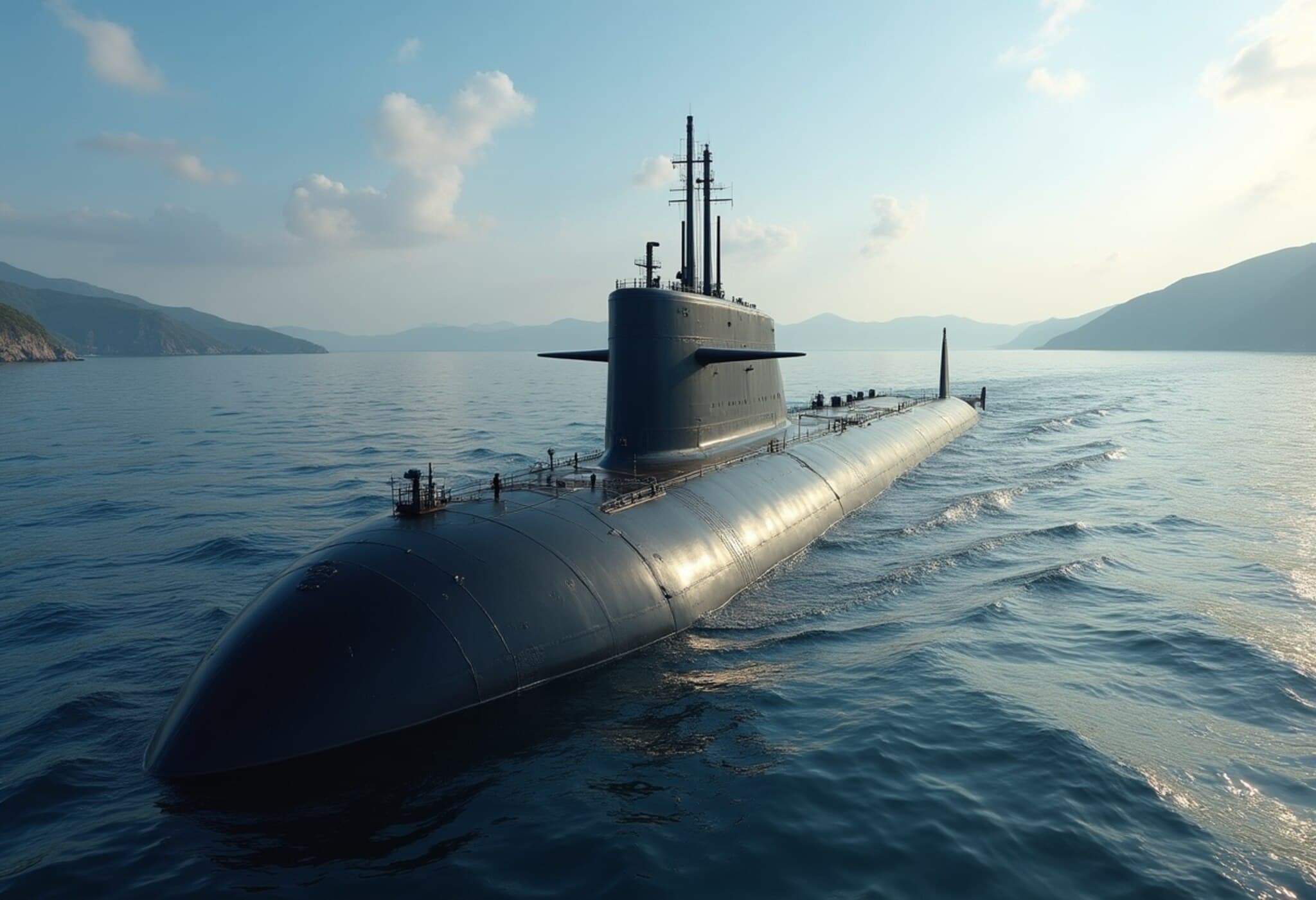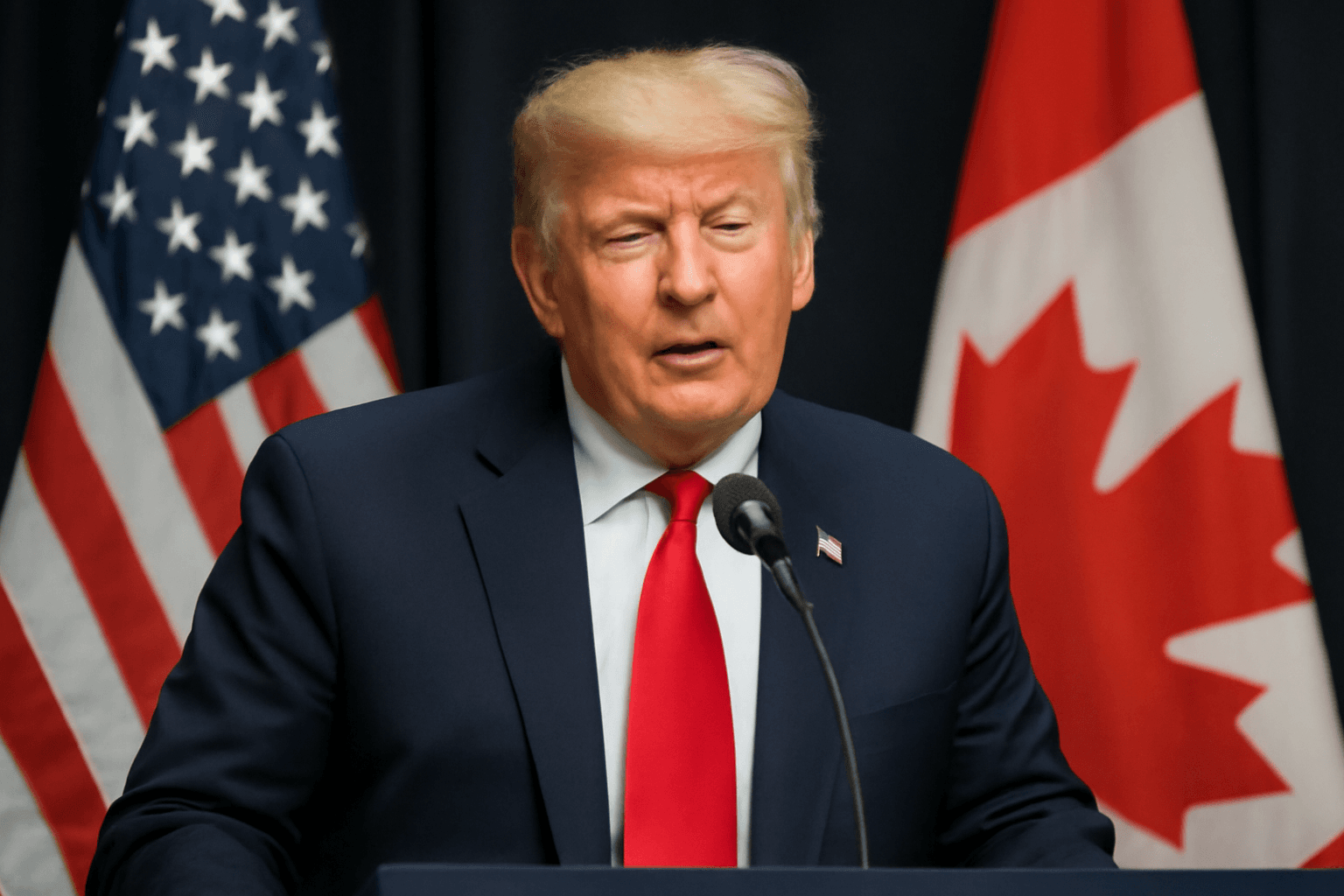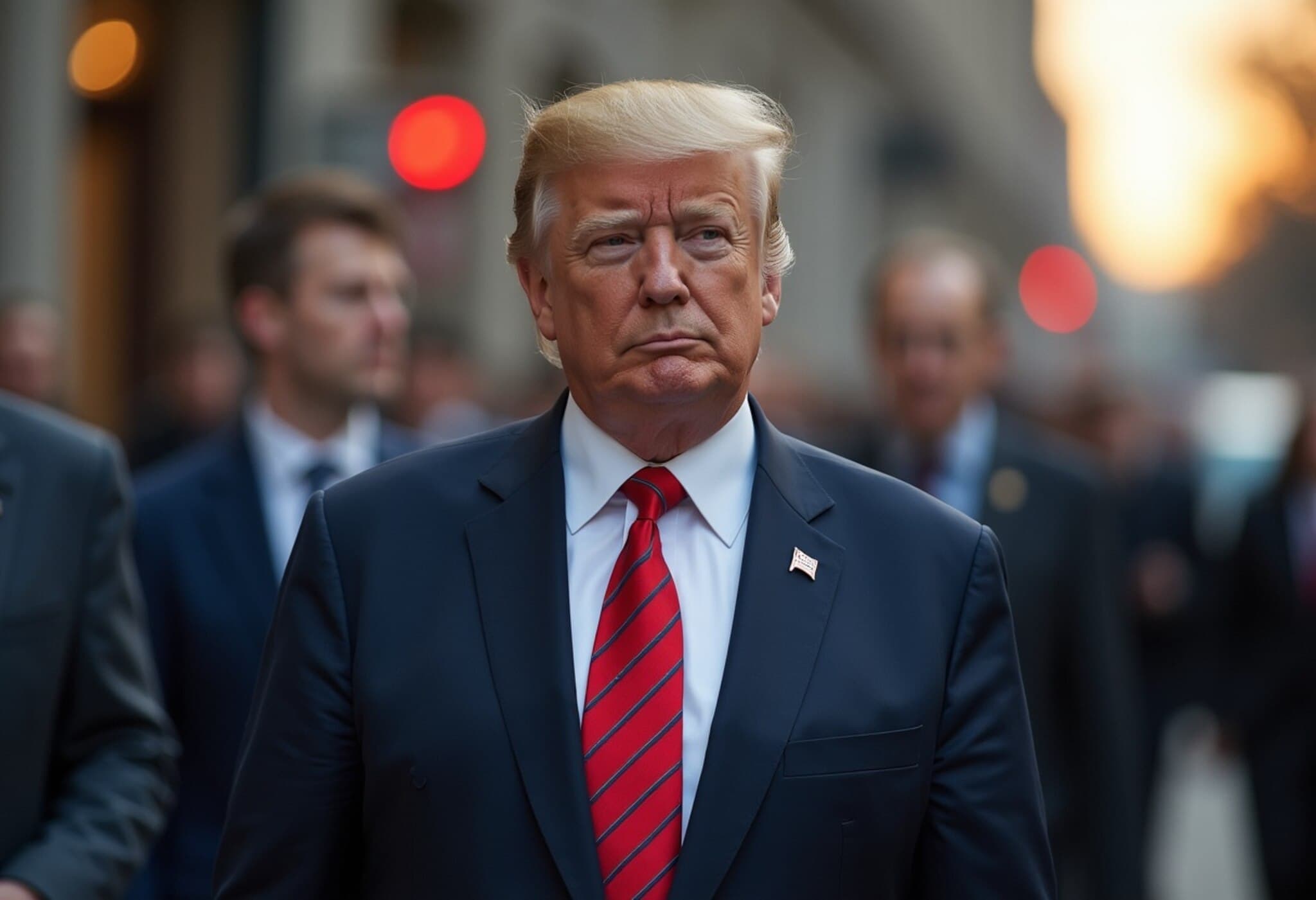Canada Boosts Military Pay with $2 Billion Annual Increase
In a decisive move to strengthen its armed forces, the Canadian government unveiled a significant pay increase for military personnel, aiming to address longstanding recruitment and retention challenges. On August 9, 2025, Prime Minister Mark Carney announced at Canadian Forces Base Trenton a landmark two billion Canadian dollars annual boost dedicated specifically to the military payroll.
This injection of funds forms a central pillar of Carney’s broader commitment to elevate Canada’s military expenditure to 2% of the nation’s gross domestic product by April, aligning more closely with NATO standards. It also signals a rare moment of bipartisan consensus, with political leaders across the spectrum endorsing the pay adjustment as a key step toward modernizing and sustaining Canada's defense capabilities.
Targeted Pay Hikes Aim to Reduce Rank Disparities
While early expectations hovered around a uniform 20% salary increase—as hinted by Defense Minister David McGuinty in June—the final structure revealed a more nuanced approach. The most substantial raises, pegged at 20%, will be awarded to lower-ranking members who comprise the majority of the forces. These ranks currently earn between 43,368 and 63,648 Canadian dollars annually depending on class.
Mid- and higher-ranking personnel will receive proportionally smaller raises. Prime Minister Carney explained that the pay adjustments are designed to “narrow pay discrepancies between ranks,” an effort to foster equity within the military workforce and make the compensation system more attractive to new recruits stepping into entry-level positions.
Beyond Pay: A Holistic Strategy to Retain Troops
Despite the applause for the pay hike, Canada’s Chief of Defence Staff has emphasized that salary adjustments alone won't suffice to resolve retention difficulties. Experts point out that recruitment is intricately linked to factors such as career development opportunities, quality of life, mental health support, and modernized training programs.
According to military analysts, the Canadian Forces have grappled with turnover rates that erode experience and operational readiness. Enhanced pay packages are vital, but without complementary reforms addressing workplace culture, deployments, and family support services, the military risks continuing to lose skilled personnel.
Looking at the American Context
Comparatively, the United States has also faced similar enlistment struggles in recent years, responding with a mix of competitive pay increases, signing bonuses, and expanded veteran benefits. Canada's approach reflects these lessons while tailoring solutions to its unique defense posture and demographic realities.
Policy experts suggest that this pay increase, alongside increased defense budgeting, signals Canada's strategic pivot to reaffirm its role within NATO and continental defense frameworks amid growing geopolitical tensions globally.
Underreported Impacts and Questions Ahead
- How will these pay changes impact long-term military budgets and procurement priorities? Higher recurrent expenditure might constrain investments in advanced technologies and infrastructure.
- What measures will be implemented to ensure equitable career progression and mentorship opportunities? Pay is a critical factor, but career satisfaction hinges on professional growth and recognition.
- How will the government monitor and measure improvements in recruitment and retention? Establishing clear metrics will be essential to evaluate policy effectiveness over time.
Final Thoughts
Canada's bold salary adjustments are more than just figures on a paycheck—they represent a strategic affirmation of the value placed on those who defend the nation. Balancing fiscal commitment with comprehensive personnel policies will be key to transforming these financial investments into a capable, motivated, and dedicated military force ready for the challenges of the 21st century.
Editor's Note
This pay increase marks a pivotal moment in Canadian defense policy, yet it raises questions about the sustainability of funding and how holistic reforms can complement financial incentives. Readers are encouraged to consider how such changes echo broader trends in military modernization globally, and the delicate balance governments must strike between investing in personnel and technology.


